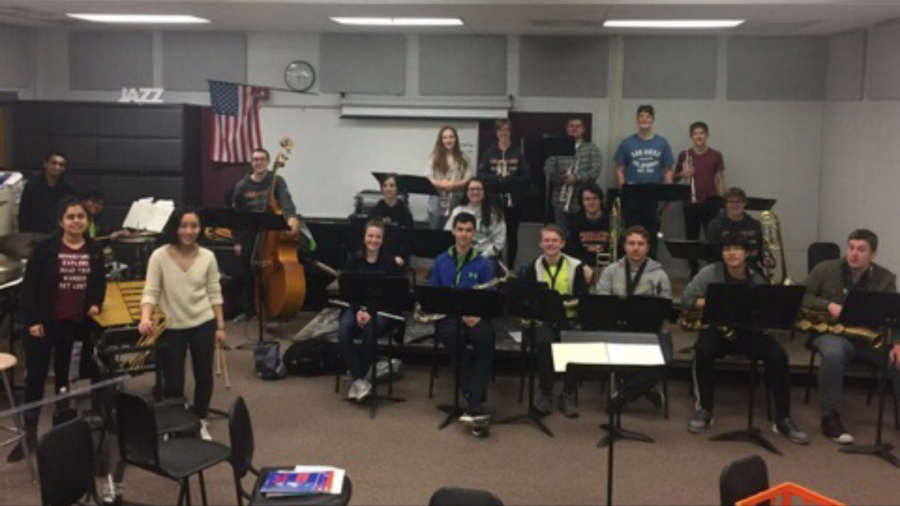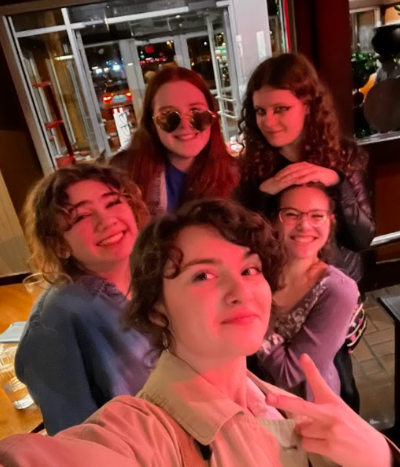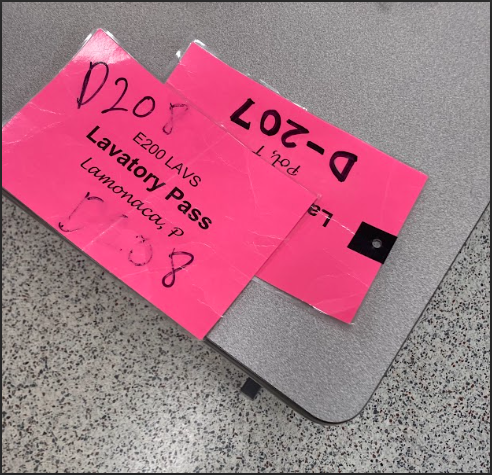On a Different Note: Jazz Band versus Marching Band
Cherokee High School is blessed with an outstanding music program. With a myriad of groups to take part in, like Beginner Band, Concert Band, Wind Ensemble, Marching Band, Jazz Ensemble, and several other chamber ensembles, students have various opportunities to discover their passion and ability when it comes to playing an instrument. Even if students do not plan on pursuing music outside of high school, it is still an outlet to express themselves during the day or when words fail to do so. Having two band classes during the day, Jazz Ensemble and Wind Ensemble, I am able to rest from academics and do what I love for 57 minutes. Despite the fact that I am not interested in majoring in music in college, I am still able to learn valuable lessons about what music does for the soul and about life in general.
The two musical groups in Cherokee that compete most often are the marching band and the jazz band. Students outside of the music program are most often blind to not only the different opportunities available in music at our school, but also the contrasting lessons learned in each group. They all share the same foundation: a love for the art of music.
Starting full speed ahead in the early months of summer and ending in the fall around October or November, the marching band practices during the week, attends all football games, and has its own competitions with local marching bands almost every weekend from the time school starts to the season’s end. From the hard work comes joy, and to truly understand this, you have to participate in the activity yourself. If you have watched us perform, you can see our intensity as we march together with formidable passion. There are about one hundred members dispersed in the hornline, drumline, front ensemble, and color guard. Our show is typically composed of an opener, ballad, and closer. The ballad is slow-paced, while the other two portions are typically louder and eye-catching. Playing musical arrangements of ideas composed in the early 1800s to now, in 2016, we put together a show featuring Beethoven’s music, and in 2017, our own faculty composed the music and visual components. Every individual in the marching band takes part in the creation of a show, which is a unity that births determination, respect, strength, and friendship.
On the other side of the music program is the jazz band. The similarities between the two groups lie in the passion for the music played and the determination to make something beautiful and worth watching. The jazz season starts in February and ends with State Finals in late April. There is no lack of intensity, especially when each member feels the hunger for success, which does not always mean a first place win or a ten-foot tall trophy. As there is an evident drive to win, there is an equal amount of willpower to simply do our best. Playing jazz music dating back to the early 1900s, we learn about different composers, arrangers, and artists. Different genres of jazz include swing, funk, blues, bossa nova, and Latin jazz. The group, made of about twenty kids, is smaller than the marching band, allowing for an intimate setting with a calm atmosphere. However, in the jazz circle, there seems to be a certain admiration among competing bands, as if there is no competition at all, and we all appreciate our collective efforts to continue the art of jazz in the world with our love and dedication. There is a quiet energy in jazz, as opposed to the hype of marching band, but both groups strive to give their all while maintaining the morale of each program.
The support between the students and the music faculty is what sets Cherokee apart from other schools. Band members look out for each other, and the band directors, bountiful with intelligence and devotion, do everything in their power to equip all members of each ensemble with the tools necessary for not only success in music but also for success in life.







